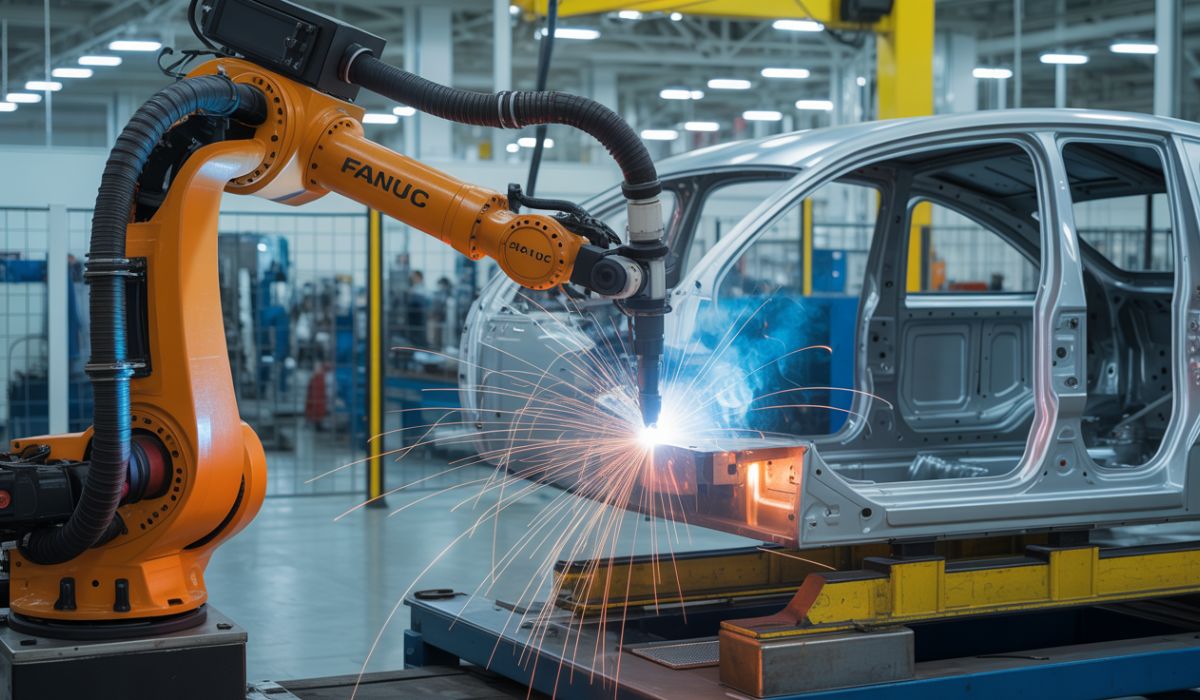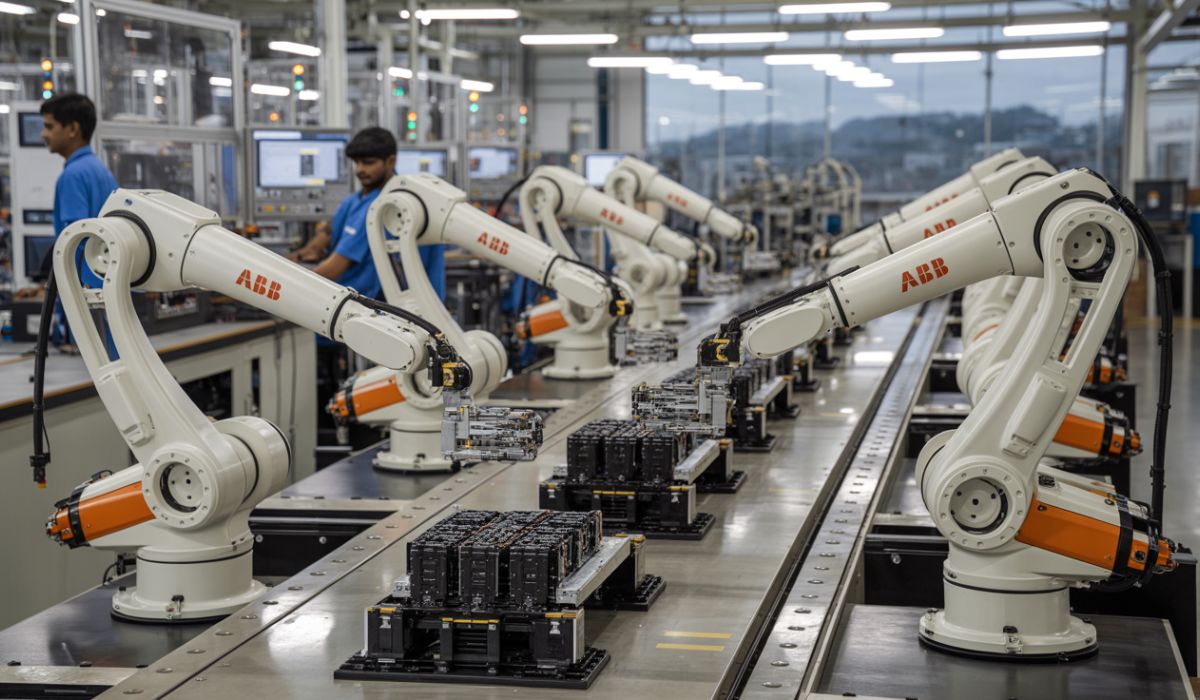Why India Is Moving Towards Robotic Automation
Indian manufacturing is in the middle of a structural shift. Automotive OEMs, Tier-1 suppliers, EV battery companies, and fabrication giants are moving away from labor-dependent processes and shifting toward predictable, fully-integrated robotic automation.
This change isn’t happening because robots are fashionable.
It’s happening because manual dependency now creates measurable business risk.
A Managing Director looking at the next 3–5 years has to answer a simple question:
“Can I still maintain quality, output, and OEM confidence without automation?”
For most industries, the honest answer is no.
Why Automation Is Becoming a Board-Level Priority
Manufacturing leaders are no longer judging automation by cost alone.
Instead, they’re looking at:
-
Audit pressure from OEMs
-
Increasing PPM expectations
-
Traceability requirements
-
Workforce shortages in welding, assembly, and inspection
-
Margin erosion due to variation and rework
These challenges expose one hard truth:
Manual processes do not scale with OEM expectations.
The factories gaining long-term supplier stability are the ones standardizing robotic systems backed by solid fixture engineering, cycle-time discipline, and process documentation.
What the Best Robotic Automation Companies Actually Deliver
Anyone can buy a robot.
Very few can deliver a complete manufacturing system that performs reliably under production pressure.
The best robotic automation company in India is not defined by:
-
Number of robots sold
-
Fancy marketing
-
Imported brands
It is defined by integration quality, specifically:
1. Fixture engineering
Because 70% of robotic welding and assembly performance depends on how the fixture holds the part.
2. Path simulation & reach study
To eliminate collisions, dead zones, and wasted cycle time.
3. Weld accessibility validation
To ensure joints are achievable in real production, not just CAD.
4. Cycle time balancing
Because OEMs care about consistency more than theoretical speed.
5. Documentation discipline
OEM audits now demand:
-
Parameter logs
-
Revision control
-
Quality traceability
-
Process repeatability records
Automation succeeds only when all these pieces work together.
Why Manufacturers Across India Are Accelerating Automation Now
1. Automotive OEM pressure
OEMs are pushing suppliers toward:
-
Zero-variation welds
-
Documented processes
-
Predictable cycle times
2. Tier-1 competition
If your competitor automates first, they gain:
-
Faster approvals
-
Lower PPM
-
Stronger negotiation power
You cannot compete against a supplier with automated consistency while running operator-dependent processes.
3. EV battery & structural component boom
EV ecosystems require:
-
Micro-tolerance welding
-
Sealed joint consistency
-
High-volume robotic assembly
No manual workflow can meet those tolerances.
4. Skilled labor shortage
Welding talent is becoming scarce.
Automation converts welding and fabrication into a controlled, repeatable process—not an artisanal skill.
The Real Value MDs Are Looking For
A Managing Director doesn’t invest in robots for “technology.”
They invest for:
-
Stable output
-
Reliable dispatch
-
OEM confidence
-
Lower rework and scrap
-
Predictable cost per part
Robotic automation gives control, not just speed.
And control is what protects margins and vendor ratings.
Why Integration Quality Is the Real Differentiator in India
Fanuc, ABB, Yaskawa, Kuka—every top brand performs well.
But the brand is not what creates business value.
System integration does.
Poor integration → cycle time fluctuations, rework, accessibility issues
Strong integration → stable production, predictable delivery, audit-proof processes
This is why OEMs and Tier suppliers evaluate not the robot, but the integrator’s engineering depth.
Conclusion
Indian manufacturing is entering a phase where process stability defines survival.
The companies leading their industries are the ones partnering with automation providers who understand:
-
Indian OEM expectations
-
Cycle-time discipline
-
Fixture engineering
-
Automotive quality audits
-
EV battery system constraints
-
High-precision fabrication requirements
In today’s supply-chain environment, choosing the best robotic automation company in India is not a technical decision.
It is a strategic business decision that defines competitiveness for the next decade.
FAQs
1. Why are Indian manufacturers shifting to robotic automation?
Because OEM audit pressure, PPM expectations, and workforce shortages have made manual processes unreliable and risky.
2. What defines the best robotic automation company in India?
Not the robot brand, but system integration quality—fixtures, simulation, documentation, and cycle-time stability.
3. Can robotic welding really reduce rework?
Yes. Stable pathing, consistent parameters, and engineered fixtures eliminate operator-based variation.
4. Is automation useful for low-volume production?
If the parts require quality consistency or OEM approval, automation gives stability even in low volumes.
5. How does automation help Managing Directors specifically?
By protecting vendor rating, securing dispatch reliability, and improving long-term profitability.



